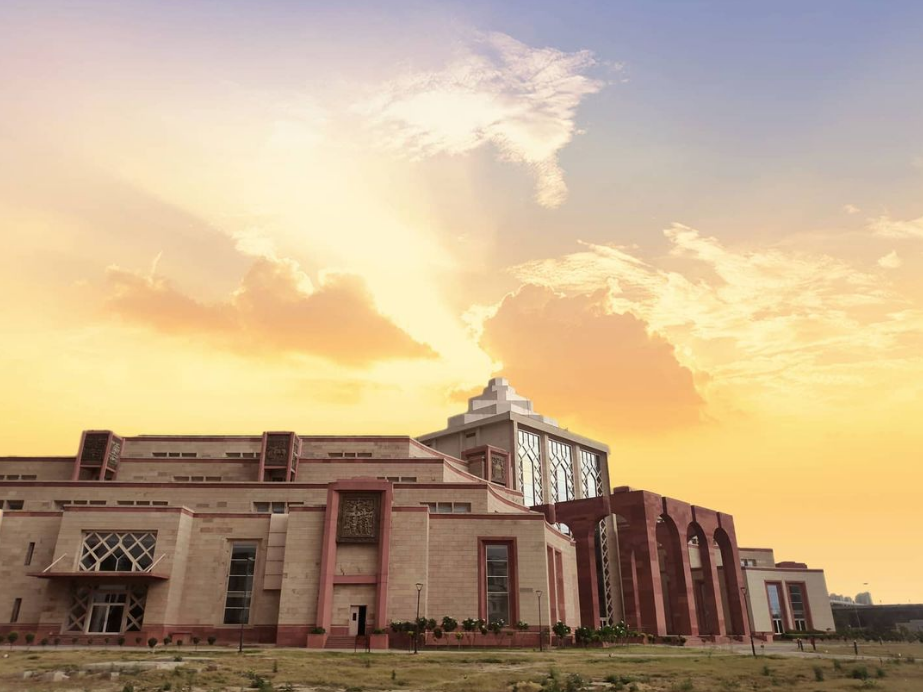KAMASUTRA - Art Of Love
- Inarch Center
- Sep 27, 2020
- 4 min read
InArchCenter ID:- IACBN0017

Introduction:-
In around 325 AD council of the Church in Europe announced or more likely declared that our body is sinful, sex is sinful, pleasure is bad but miles away from Europe on the Bank of river. Ganga a sage named Vatsyayana was writing a book - the book on the art of love and pleasure Which inspire modern day chocolates, branded condoms, films and furniture too and the book was Kamasutra.
Life in Vedic Period:-

According to Vedas a person has to go through an Ashrama (stages) in his/her life i.e. Brahmacharya, Grihastha, Vanaprastha and Sanyasi. Along with it there are four purusharthas i.e. Dharma, Artha, Kama and Moksha, all these four stages and purusharthas are very important and are indeed the qualities and objective of supreme self and God. Kama means lust or pleasure which is one of the four purusharthas and one perform it in his/her grihastha period . Kamasutra is a book which deals with all aspects of Kama or art of love.
Pleasure in Epics
Many tails and stories from ancient Indian text tells us about luxury, pleasure and sexual life of people that time. Human relationships, sex and emotional fulfillment are a significant part of the post-Vedic Sanskrit literature such as the major Hindu epics: the Mahabharata and the Ramayana. The ancient Indian view has been stated by Johann Meyer, that love and sex are a delightful necessity. In epics " woman stands in very great need of surata (amorous or sexual pleasure)", and "the woman has a far stronger erotic disposition, her delight in the sexual act is greater than a man's".
Vātsyāyana:-
Kamasutra is widely misunderstood as book of love making and sexual positions. It has gained an international popularity. There would be almost no one who has not heard of this Sanskrit masterpiece which was compiled by “ Vatsyayana”. A topic which is consider to be a taboo in 21st century was widely covered in this book by our ancestors thousands of year ago written by a sage. Hardly anything is known about Vātsyāyana but he was an ancient Indian philosopher, known for writing the Kama Sutra, the most ancient book in the world on human sexuality. He lived in India during the second or third century CE.
Kamasutra In Colonial Rule:-

Around 1800, many English men started studying Kamasutra in secret which was translated by Richard burton in 1883, but the problem is they popularizes it just by saying the book is of sexual positions but the reality is far away.
Understanding Kamasutra :-
The book includes understanding the nature of love , finding a partner maintaining one’s sexual health and other aspects of pleasure-oriented feature of human life. Majority of this book deals with practical methods of what triggers desire and sustain it.

There are total seven chapters in the book of Kamasutra that explore wide variety of knowledge and Sex positions is only a fraction of book which is just one chapter out of seven. Other than kissing, love making and lying down, the book details how a man should set up his home, it also covers 64 art “every public women of high quality should master” including: tattooing , playing musical instrument, art of cooking , knowledge of art of war etc. It also explains how man can acquire a wife how best to commit adultery and also some magical recipes, methods to attract your partner and many other things.
There is one whole section on how a wife can maintain control in a house with multiple wives and another section on how to be a profitable courtesan. And best part is giving idea about ways to manage men, so in this sense it’s about power as much as it is about pleasure. The book makes some progressive statement about the role of women and their access to pleasure. It is a kind of revolution in the world of pleasure for women. But also, some of the important issues are lost in the translation.
Chapters in Kamasutra:-
Here is the list of chapters with its original Sanskrit names :-
The 1st chapter named Saadhaarana or the general matters deals with aims of life, different kinds of skills to make oneself attractive and general lifestyle of those time.
The second chapter is Samprayogika or the practical details describing different combination of sexual union, hugs , kisses, scratches, bites, positions, acts, oral and gentle stimulations (only chapter that got most attention all around the world.)

Kanya Samprayukta or finding a bride. Talks about choosing a partner , different kind of moves and strategy to win a bride .
Chapter four , five and six i.e. Bharyaadhikarika, Paraadika and Vaishika deals with the type of conduct towards own wife, other men wife and sex workers respectively. All this three chapter study the art of seduction, proper improper conduct and various ways to fix and break a relationship and many more.
Seventh and the last chapter is Aupamishadika or the art of medicine which deals with various recipes, portions and concoctions that are useful to enhance hormones and sexual organs, improve fertility and attractiveness.
Conclusion:-
It is very hard to imagine in time like this where people write word sex with ‘s’ and double star * to talk and understand this book to its fullest, we should take Kamasutra as work of Philosophy to stop judging such a masterpiece with our shallow knowledge and start respecting to get deep of understanding in our ancient texts.
For More Information:-





It was an outstanding interpretation of one of the great philosophers Vatsyayana's text "Kamasutra". Loved it!